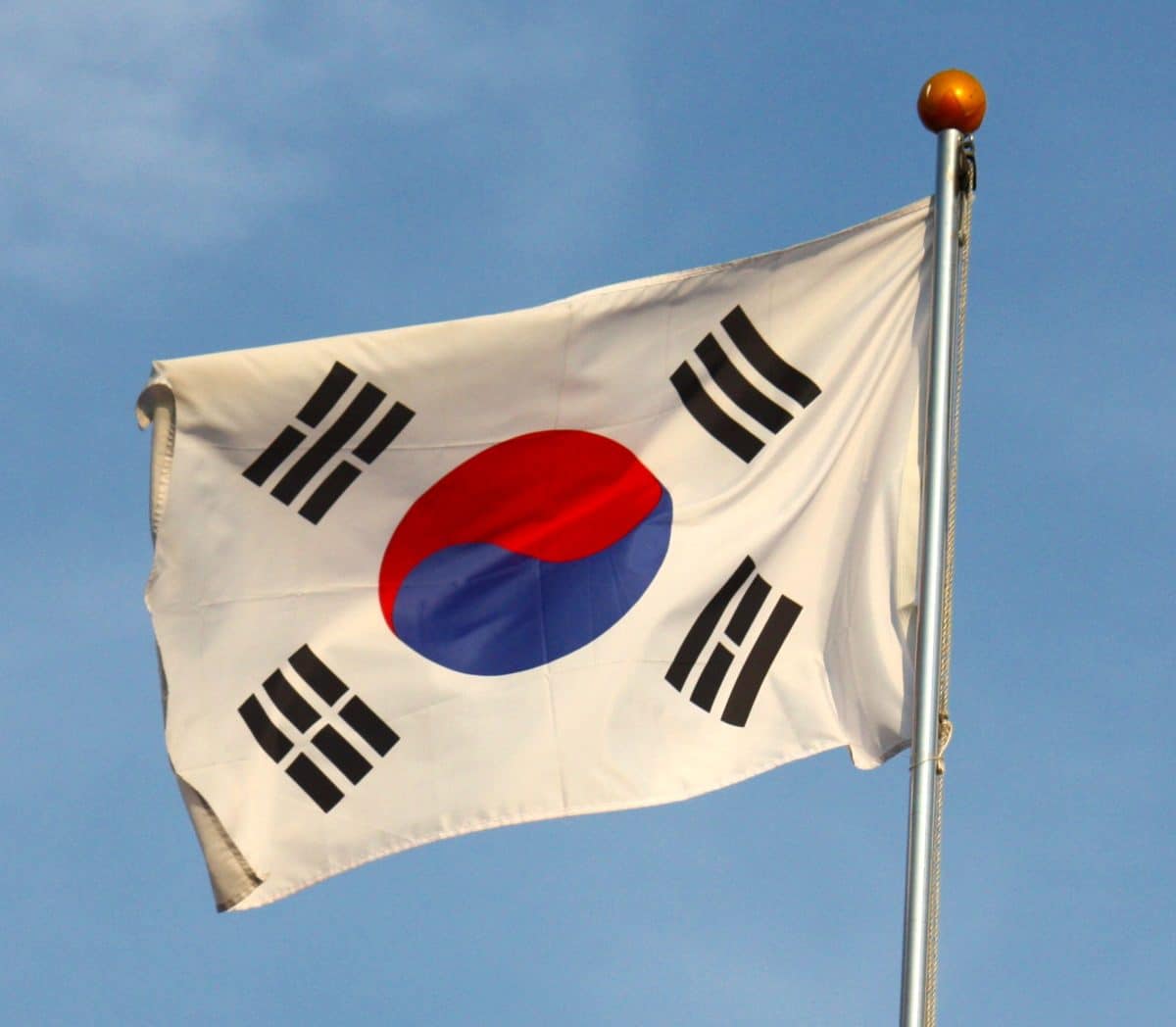South Korea may allocate around 4 GW of solar capacity this year across two PV tenders, which will be likely launched in April and October, respectively. “We can expect the capacity in the first half of the year to be around 2 GW, and 2 GW or slightly more in the second half of the year,” Yeji Kim, researcher of Seoul-based Solutions For Our Climate, told pv magazine. “According to our inquiry to the Korea Energy Agency (KEA), it is likely that the next tender's capacity will be approximately between 300 and 500 MW more than that of the latest tender of last year, in which 1.4 GW was assigned.”
Through the tenders, the KEA will assign fixed-price contracts to different categories of PV projects including small-sized rooftop arrays and large-scale solar plants. “As tenders for large-scale capacity of 20 MW or more will start for the first time this year, the government may look at the results of this year's tenders for potential multi-year planning,” Kim said, noting that there are currently no discussions on a multi-year schedule. There are also no domestic content requirements embedded in tenders, but starting from this year, projects relying on solar PV modules with a low carbon footprint will be prioritized.
In the two tenders held in 2020, the KEA allocated 1.2 GW and 1.41 GW, respectively, while in 2019 it contracted 350 MW and 500 MW. In 2017 and 2018, total allocated capacity was 600 MW in each year.
In the last tender, held in the second half of 2020, the final average price was 143 KRW (around US$0.13)/kWh. According to Kim, there are various reasons for this high price, the first being that in Korea, economies of scale are not yet being realized. “Between 2017 and 2019, the average scale of solar PV projects were less than 10 MW,” he said. “In China, the average was 22 MW, and in India, 50 MW.”
In addition, high land costs are also driving higher prices, and solar PV facilities face poor public acceptance and resident opposition, especially in farming areas. “To address these complaints, an increasing number of municipalities have been introducing their own separation distance regulations that require solar PV installations to be sited a minimum distance – an average of between 300m to 1,000m – away from certain features such as roads and houses,” Kim said. “This requires the developer to go through more administrative hurdles, increasing project costs.”
Costs further grow as construction times increase. Regarding this issue, Solutions for Our Climate published the report, Nowhere to Go: How Siting Regulations Are Strangling Solar, which highlighted that of Korea's 226 basic municipalities, 123 have local siting regulations, including separation distance regulations. “Through a GIS analysis of three municipalities – Hampyeong, Hamyang, and Gumi – we found that separation distance regulations exclude 46-67% of total land area from solar PV installations,” the researchers wrote. “If we remove mountainous or forested land which is less economically feasible, less than 1% of the total land area allows for solar PV installations.”
For South Korea to reach its renewable energy and emissions targets, Solutions for Our Climate said that separation distances must be restricted and abolished either by a modification of municipal ordinances through draft standard municipal ordinances, or an amendment to the country's renewable energy policy. “The central government or regional governments need to act and establish restrictions on municipalities’ authority to regulate separation distances,” Kim said.
The Ministry of Trade, Industry and Energy (MOTIE) has also recently announced it wants to help development of unsubsidized solar by allowing domestic electricity consumers to buy power from renewable energy power producers through power purchase agreements (PPAs).
This content is protected by copyright and may not be reused. If you want to cooperate with us and would like to reuse some of our content, please contact: editors@pv-magazine.com.




1 comment
By submitting this form you agree to pv magazine using your data for the purposes of publishing your comment.
Your personal data will only be disclosed or otherwise transmitted to third parties for the purposes of spam filtering or if this is necessary for technical maintenance of the website. Any other transfer to third parties will not take place unless this is justified on the basis of applicable data protection regulations or if pv magazine is legally obliged to do so.
You may revoke this consent at any time with effect for the future, in which case your personal data will be deleted immediately. Otherwise, your data will be deleted if pv magazine has processed your request or the purpose of data storage is fulfilled.
Further information on data privacy can be found in our Data Protection Policy.